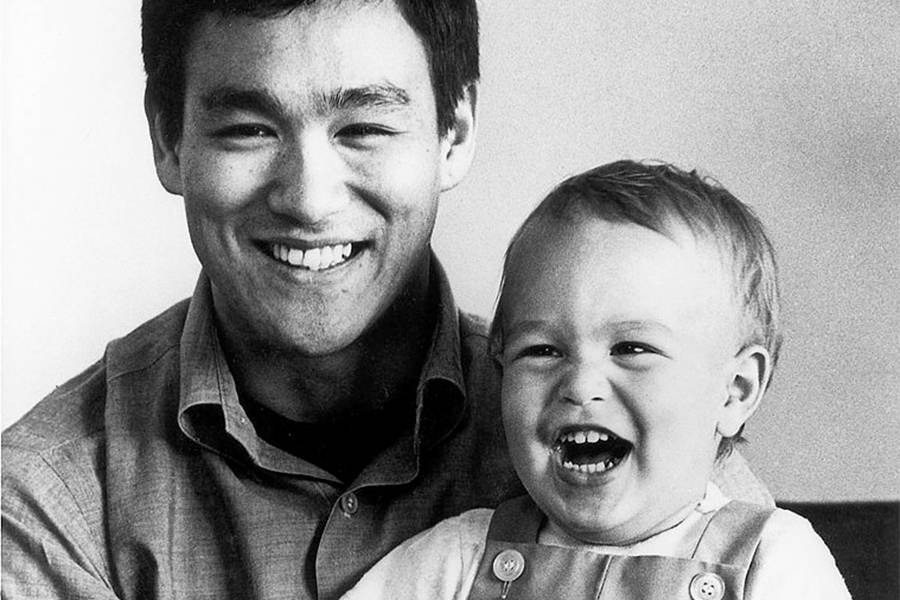Throughout history there had been lots of events carried out by humans based on ignorance and lack of understanding. Let's take a look at some of the funny weird facts from history!

via: Wikipedia
You’ve probably heard of the Salem witch trials, but the hunt for witches goes back much further than that. One anthropologist has estimated that, in medieval times, as many as 600,000 “witches” lost their lives.

via: Wikipedia
Animals were also regularly put on trial in the medieval ages—and given a death sentence.

via: Pinterest
During America’s Dust Bowl (in the early 1930s), sewing flour sacks into clothing became quite popular. So popular, in fact, that flour companies began selling flour in decorative bags intended for future repurposing into clothing.

via: Oobject.com
In the 19th century, before medical professionals had the tools to discern comas or paralysis from death, the fear of being buried alive was very real. Patented ‘safety coffins’ were invented so that mistakenly buried people could alert those above ground to their predicament.

via: Wikipedia
During Pope Gregory IX’s term, he declared that cats were associated with devil worship, resulting in their mass extermination.

via: Wikipedia
Ironically, it is believed that this large-scale expunging of felines helped to spread the Bubonic Plague, which ravaged Europe in the 1300s and killed over a hundred million people. No cats meant the rat population (which carried the plague) ran wild.






The “New England Vampire Panic” was an event in the 19th century where people thought that “consumption” (i.e. Tuberculosis) was actually the result of vampires. It got to the point where people would dig up those who died of Tuberculosis and stake them through the heart.
Which of these funny & weird facts was your favourite? Please leave a comment below.

via: Wikipedia
Roman emperor Gaius (also known as Caligula) went out of his way to humiliate the Roman senate by making one of his favorite horses a senator.


via: Encyclopedia Britannica
Wealthy Europeans in the 1500s and 1600s ate parts of corpses, believing them to have medicinal properties. Blood, power ground up from the human skull, and human fat were all used to cure various ailments.

via: Egyptominia
Tomb raiders even desecrated Ancient Egyptian tombs to steal the remains of mummies, which the aforementioned wealthy Europeans proceeded to consume.

via: Wikipedia
Mexican general Antonio López de Santa Anna held an entire state funeral for his leg after it was amputated.

The “New England Vampire Panic” was an event in the 19th century where people thought that “consumption” (i.e. Tuberculosis) was actually the result of vampires. It got to the point where people would dig up those who died of Tuberculosis and stake them through the heart.
Which of these funny & weird facts was your favourite? Please leave a comment below.
















